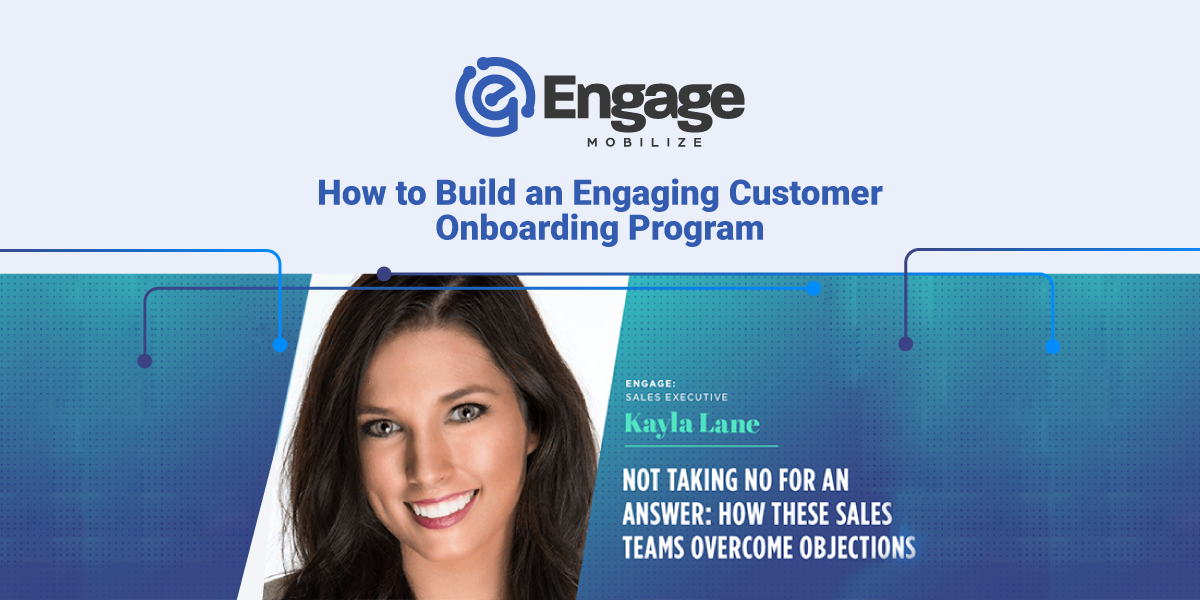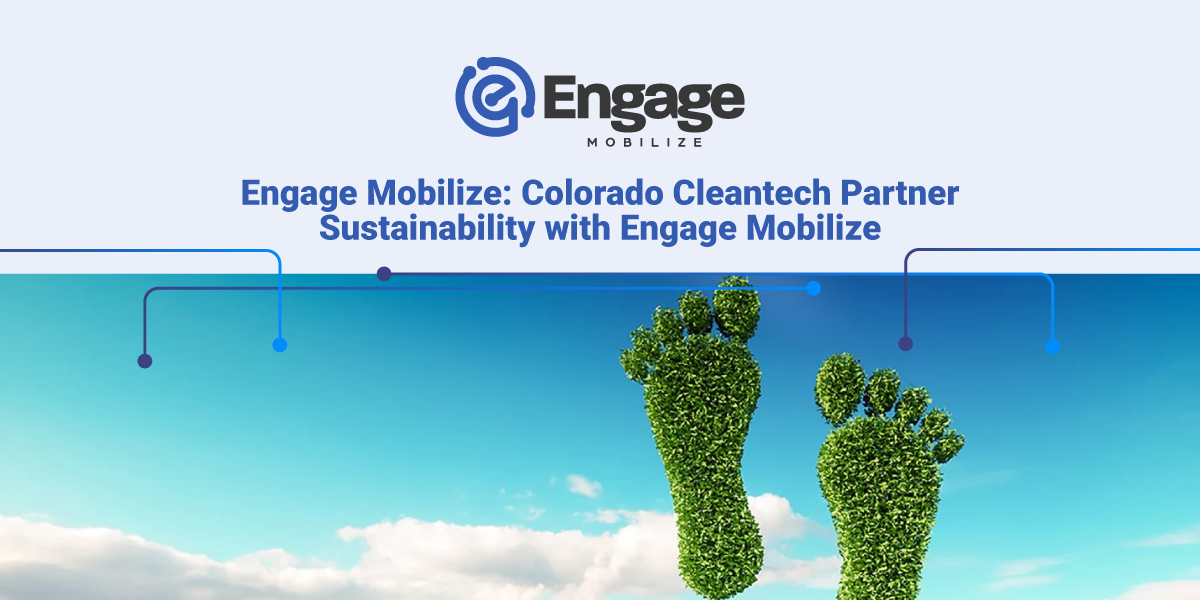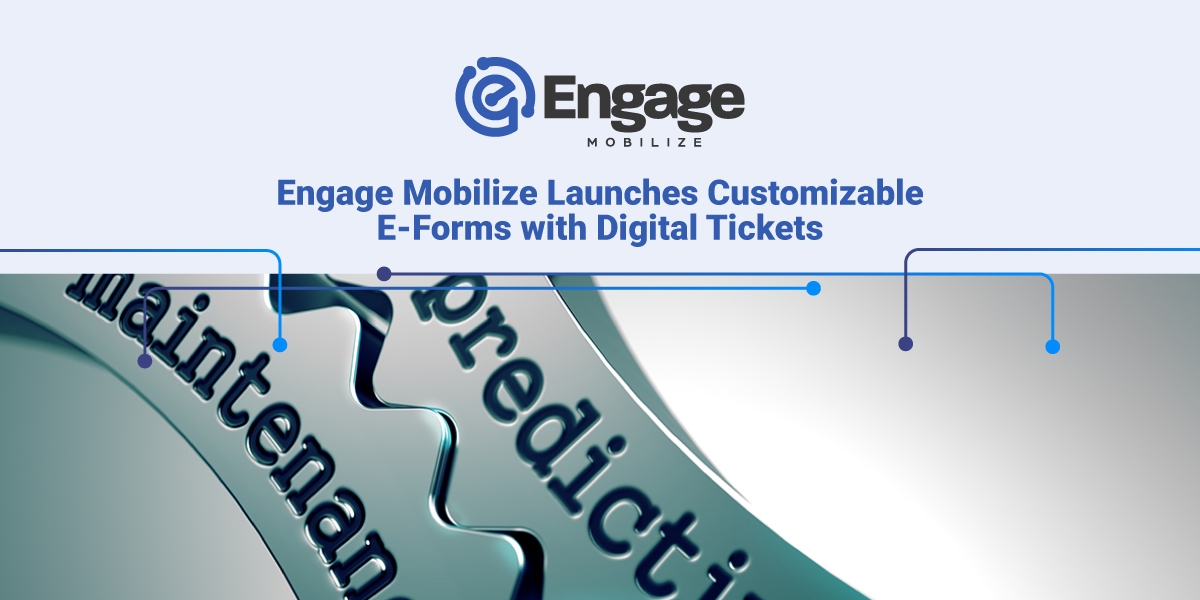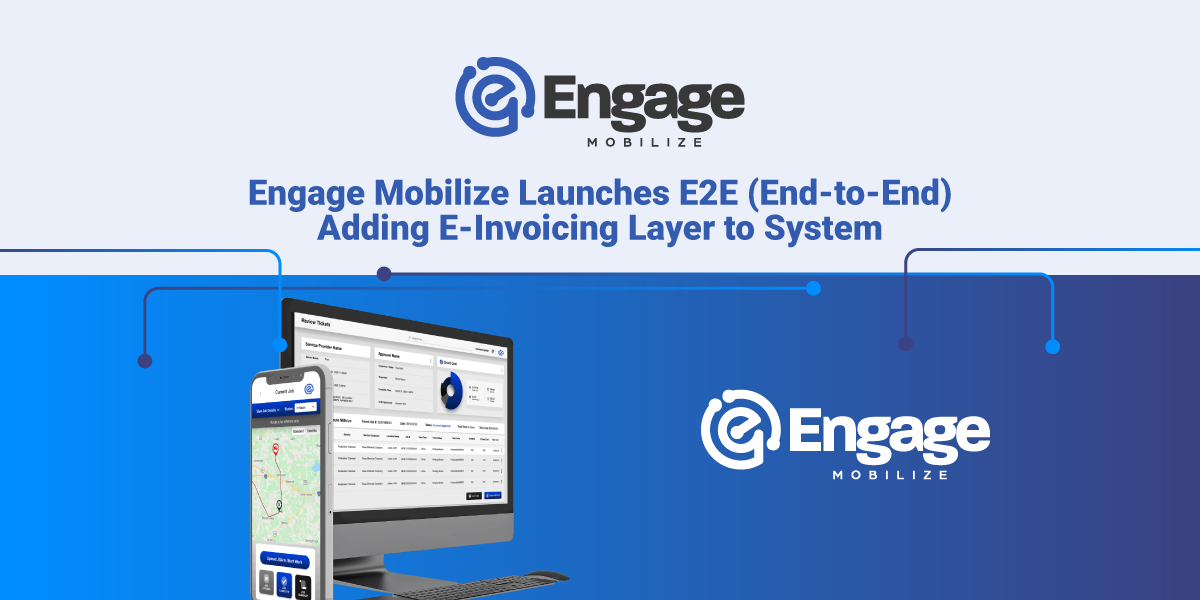How to Build an Engaging Customer Onboarding Program

DENVER, July 14, 2020 — Many organizations don’t closely associate the term “customer onboarding” with “renewal” or “long-term brand advocate.” But at employee reward platform Wishlist, when it comes to building out a customer onboarding program, Customer Success Manager Sophie Greenspan recommends focusing on the bigger picture.
“Successful onboarding starts with the end in mind,” Greenspan said.
After all, the goal of customer onboarding is to ultimately reduce churn and give users the confidence to take advantage of what might initially seem like complex software. Take, for example, B2B technology platform Vendavo or digital field management platform Engage Mobilize. Both systems serve a specific purpose for industry professionals, and once customers feel comfortable taking the wheel, the technology can help them do things like access contextual business insights and automatically schedule or dispatch service contractors.
“It can be daunting for our customers to think about the effort and complexity involved in adopting a new platform for their operations,” Engage Mobilize Senior Director of Customer Success Mike Irvine said.
Systematic and evolving onboarding programs allow customers to not only fully realize a platform’s value but also continually rely on its features.
Sophie Greenspan
Customer Success Manager
“At Wishlist, CSM Sophie Greenspan isn’t simply nodding her head and passing a message along. She said that the employee rewards company relies on a human approach to customer service to distinguish itself from the competition. That said, her team also works off of an objective management system to evaluate customer behaviors and track milestones.”
What actions have you found to be most critical when building and implementing an effective and engaging customer onboarding program?
There are two key elements to creating a highly effective customer onboarding experience. First, successful programs start with the end in mind. It is important that your CSMs understand what your client’s end destination is and what they want to achieve by implementing your solution. Make sure it’s specific and measurable (for example, increase employee NPS by 5 percent by the end of Q2). From there, your team will be able to act as guides along the way to achieving their intended results.
Second, be human. Ditch any scripts or rigid checklists from your process. Instead, make what is important to your client important to you. Find out where they spend their time both at work and outside. Take notes, make a joke and be authentic. Engage them in the most memorable and fun conversation they’ve had all day. Blend your technology with the power of human connection and you’ll have a partnership established on the most solid of foundations.
What are a few examples of improvements you’ve made to your customer onboarding?
Who says Agile methodologies are only for product teams? We don’t. In fact, we recently moved our CSM team to Agile and have been running sprints for both client launches and customer onboarding. The sprints are tied to specific client milestones that reflect key behaviors of successful accounts. The account progresses as they hit these wickets versus simply checking in with clients after 30, 60 and 90 days. This process has allowed our CSM team to assess trends in behaviors and provide specific feedback to the client.
How do you leverage the onboarding process to generate excitement about your brand and prevent apathy or disengagement with your customers?
We refuse to offer a meaningless onboarding process. Clients are tasked to hit certain checkpoints during the launch and onboarding phase which correlate to product usage and establishing habits that will make their program successful.
Susan Wolfgang
Manager of Customer Experience
“At B2B software company Vendavo, the team introduced a new role into the mix a few years back: service delivery manager. Manager of Customer Experience Susan Wolfgang said the position has allowed employees to interact with both customers who pay for subscription services they provide and those who don’t. As a result of the hands-on approach, Wolfgang has seen an increase in customer loyalty.”
What traits or skills have you found to be most critical when building and implementing an effective and engaging customer onboarding program?
First, build a relationship. Take a few minutes to get to know each other as people. Our software is complex and takes several months to implement. We are going to be working very closely for a long time.
Second, show empathy, especially when there are issues. Try and understand the issue from the customer’s perspective. This is technology. Issues arise when trying to combine hardware, middleware, software, integration to ERPs and changing processes. Building relationships and showing empathy encourages collaboration and reduces blame and escalation.
And most importantly, be honest. Be as transparent as you can be. Raise issues as early as possible so you can collaborate quickly to resolve them. Waiting only limits your options.
What are a few examples of improvements you’ve made to your customer onboarding?
We continually review our processes for ways to improve the customer experience and the efficiency of our methods. A couple of years ago, we added a role called a service delivery manager to assist our customers after our software solution was implemented. The service delivery manager assists the customer in scheduling upgrades, system reviews and custom enhancements. This role has allowed us to better deliver our services. Issues were resolved faster and within lower levels of the organization.
Not all of our customers purchase subscription services. This new role allows us to engage with those who don’t for reasons other than sales or technical support issues. We have been able to improve relationships and resolve issues that had been outstanding for months because no one took ownership of the issue.
How do you leverage the onboarding process to generate excitement about your brand and prevent apathy or disengagement with your customers?
We introduce business and relationship experts during customer onboarding to ensure our customers receive the intended value from their investment in our software platform. Our business consultants are experts in pricing. They assist our customers with learning to use the software and measuring financial returns, which continues on a quarterly basis.
Immediately after we implement the software, we introduce the user to our customer experience manager. The person in this role is meant to build a long-term relationship with the customer by acting as their advocate within Vendavo, resolving issues and providing a variety of information via meetings and email. The combination of business results and the relationship focus give us a quick signal of potential apathy or disengagement.
Mike Irvine
Senior Director of Customer Success
“The idea of a digital field management platform might sound daunting to a potential Engage Mobilize customer in the oil and gas industry. But Senior Director of Customer Success Mike Irvine said that being able to introduce the onboarding process in the sales cycle helps eliminate any initial adoption hurdles out of the gate.”
What actions have you found to be most critical when building and implementing an effective and engaging customer onboarding program?
It all starts with setting expectations upfront with a customer by clearly defining the onboarding process. At Engage Mobilize, we introduce the onboarding process in the sales cycle so the customer is aware of our onboarding steps once they sign a contract with us. From there, we host a kick-off meeting to walk through the steps and provide templates for users to provide us the data we need to configure our platform. Overall, it’s all about structure.
What are a few examples of improvements you’ve made to your customer onboarding?
We recently started sharing our “implementation playbook” with prospective customers during the sales process. Doing so has actually helped close deals. We get to show prospective customers that we have a step-by-step process to quickly onboard them to our platform and start realizing value.
How do you leverage the onboarding process to generate excitement about your brand and prevent apathy or disengagement with your customers?
It can be daunting for our customers to think about the effort and complexity involved in adopting a new platform for their operations. Our onboarding process helps alleviate that concern and generates excitement. Customers can visualize a clear path from day one of the project.
Media Contact
Cassandra (Cassie) Skindzelewski, Director of Marketing
Marketing@engage-m.com
(720) 575-6695
SOURCE: Engage Mobilize, Inc.
Are you ready to learn more?
We’re ready to talk to you about the specific cost savings, workflow efficiencies and data insights that come from taking your field operations digital.
Share this
Similar Stories

Engage Mobilize Announces New Membership with Colorado Cleantech Ind

Engage Mobilize Announces Customizable E-Forms to Coincide with Digital Tickets
